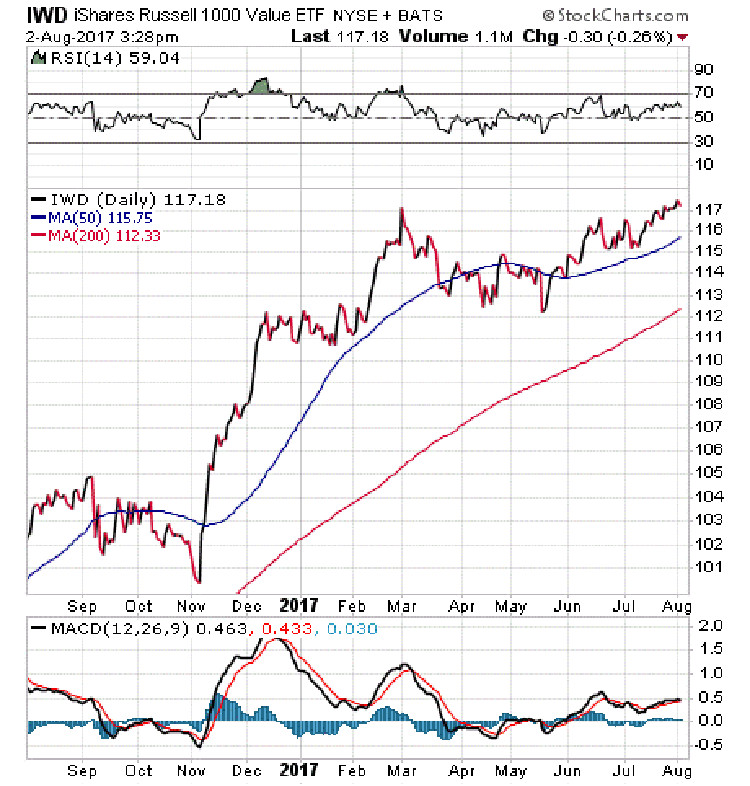The iShares Russell 1000 Value ETF (IWD), at over $36 billion in assets under management, ranks as the biggest smart-beta fund and as one of the most popular currently on the market, notes fund expert Jim Woods, editor of Successful ETF Investing.
Get Top Pros' Top Picks, MoneyShow’s free investing newsletter »
Going by many different names (strategic beta, fundamental indexing, factor investing and more), smart beta is a catchall term for rules-based strategies that aim to deliver better risk-adjusted returns than traditional market-cap-weighted indexes.
Today, there are hundreds of ETFs and, if you count institutional assets, hundreds of billions of dollars benchmarked against smart-beta indexes. One advantage to owning smart-beta-oriented exchange-traded funds (ETFs) is precision risk management.
Investors looking for a perfect balance between risk and return can make a single purchase of a smart-beta ETF and have access to a select portfolio spread across multiple sectors and companies.
This scenario can work a lot better than traditional stock picking, where investors looking for a good risk-return combination would have to sift through thousands of stocks and multiple different sectors to find the ideal combination. At the very least, such an undertaking is a difficult juggling act.
Investors also may be attracted to smart-beta ETFs for their lower-cost fees. While a mutual fund can charge 0.5-1.0% in management fees, smart-beta funds tend to have expense ratios south of 0.50%, with some even as low as 0.08%.
As an iShares fund, IWD has a higher cost of 0.2% than some similar funds, such as the Vanguard Value ETF (VTV) with its 0.06% fees. But IWD still is very modest in the broader scope of expense ratios for ETFs.
IWD offers exposure to a range of large- and mid-cap U.S. companies that are considered to be undervalued by the wider market. Year to date, the fund has underperformed the S&P 500, only generating a 4-5% return.
Yet this is largely because the market is currently favoring growth stocks, which lean toward the technology and health care sectors, among others.
By contrast, value investing favors currently beaten-down sectors such as energy and financials. However, a lot of analysts believe that the market’s preference for growth could be coming to an end soon.



















